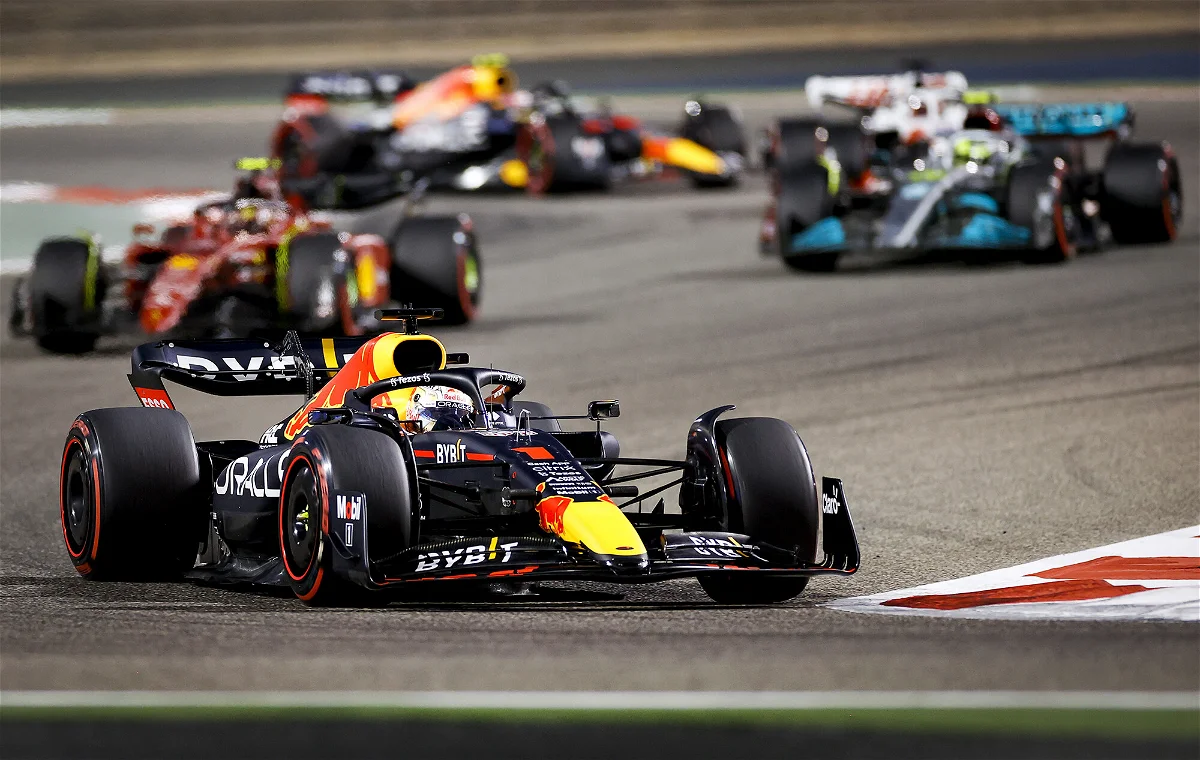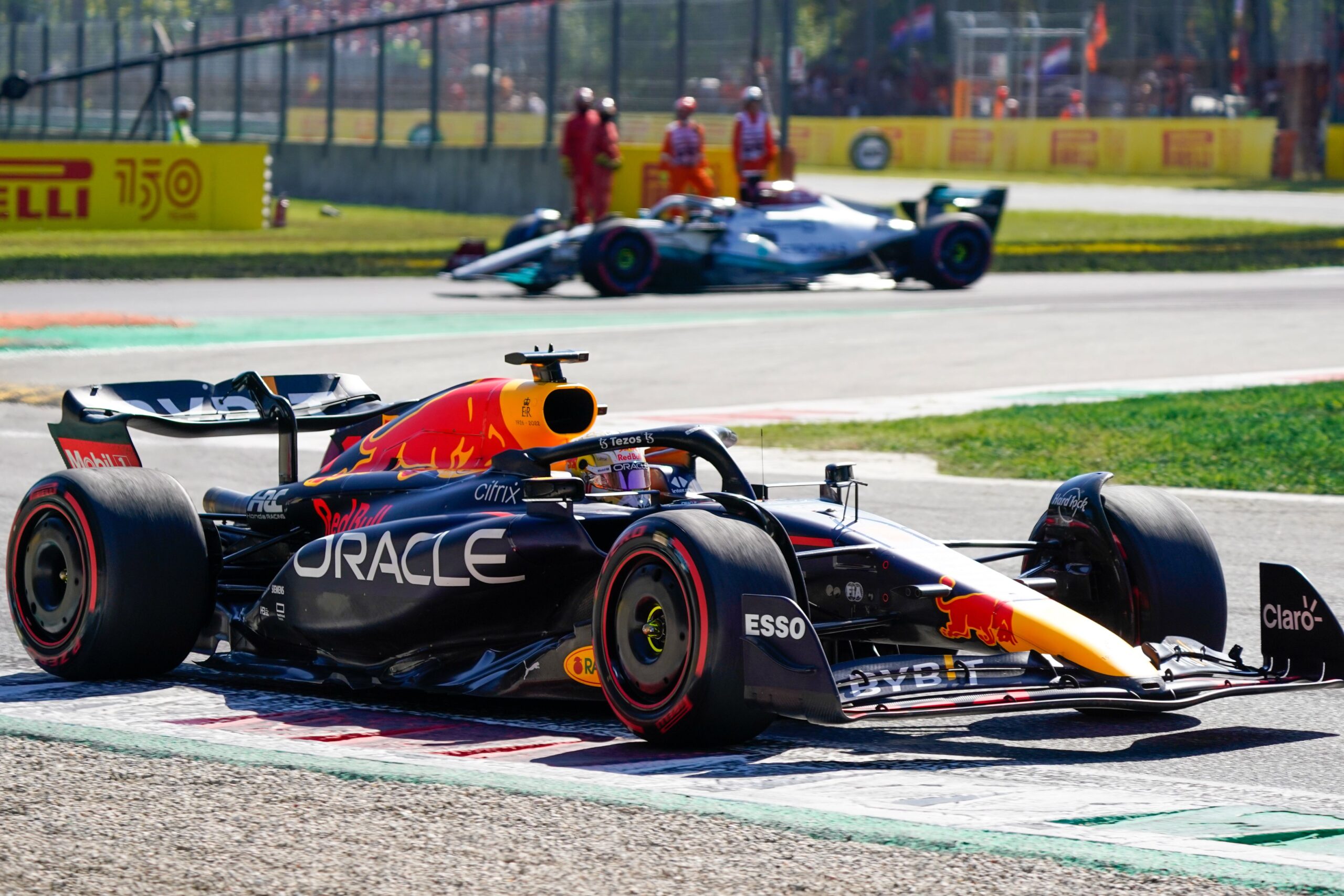 Formula 1’s remarkable success in expanding its fan base is evident in the viewership surge from 548,000 in 2019 to 934,000 in 2021 on ESPN.
Formula 1’s remarkable success in expanding its fan base is evident in the viewership surge from 548,000 in 2019 to 934,000 in 2021 on ESPN.
This achievement is exceptional in sports, where diversifying audiences is often challenging.
Donagh McClafferty, an Irish sports enthusiast and Formula 1 fan, offers compelling reasons to watch the sport.
While details were not provided, Formula 1’s appeal likely lies in the following:
- It’s thrilling races
- Cutting-edge technology
- Global reach
- Captivating narratives
All these make it a compelling choice for longtime enthusiasts and newcomers seeking an exhilarating and accessible sporting experience.
Let us explore a few more reasons why people enjoy watching Formula One.
1. The engineers are equally important as the athletes
Formula One teams invest thousands of hours preparing cars for races, with engineers meticulously fine-tuning every aspect. During race weekends, they continuously analyse telemetry, sensors, and driver feedback, striving to shave fractions of a second from each lap.
Hundreds of engineers and R&D experts at headquarters further refine car performance for each unique track. Formula One engines produce a staggering 750 HP at 18,000 RPM, a testament to engineering imagination.

2. Teams value an excellent computer
Formula One generates over 30 GB of data per race weekend, streamed to on-site and headquarters engineers. This data fuels millions of calculations, aiding in strategic decisions combined with historical records and simulations.
F1 teams invest heavily in data centres and technology partners, recognizing the pivotal role of technology in achieving success on the track.
Read also: Trending Transformations in The Roller Skating World
3. The technology created is cool.
Formula 1 has embraced technological innovations like Kinetic Energy Recovery Systems (KERS) and the Drag Reduction System (DRS) to enhance racing excitement, allowing for more passing opportunities.
However, the sport’s commitment to safety often goes unnoticed. Technological advancements have significantly improved driver safety, as seen when Robert Kubica survived a high-speed crash in 2007 that would have been fatal in earlier years, highlighting F1’s progress in safeguarding its participants.
4. It captures the best fiction & fantasy of science
Formula One is an epic narrative set in mysterious circuits with historic battlegrounds like Silverstone and Spa. Similar to literary antagonisms, rivalries create dramatic showdowns, but justice does not always prevail in sports. Tragedies, like mechanical failures, can swiftly spoil a hero’s triumph.
5. The athletes appear to be superhuman
Auto racing is a physically demanding sport, contrary to misconceptions. Drivers endure extreme conditions, including cockpit temperatures of 140⁰ F and G-forces up to 5Gs during braking and cornering.
They make around 200 inputs while maintaining high speed and precise race lines, far more complex than daily commutes. Success in Formula 1 requires exceptional physical and mental capabilities.

Final thoughts
Formula 1’s resurgence as a mainstream sport is attributed to its thrilling and dangerous nature and its drivers’ star power.
However, what truly propelled it was the Netflix series “Drive to Survive,” which revitalized and modernized the sport.
With a younger generation of stars, increased sponsorship, and efforts to address diversity issues, Formula 1 has successfully shed its old image and thrived.









